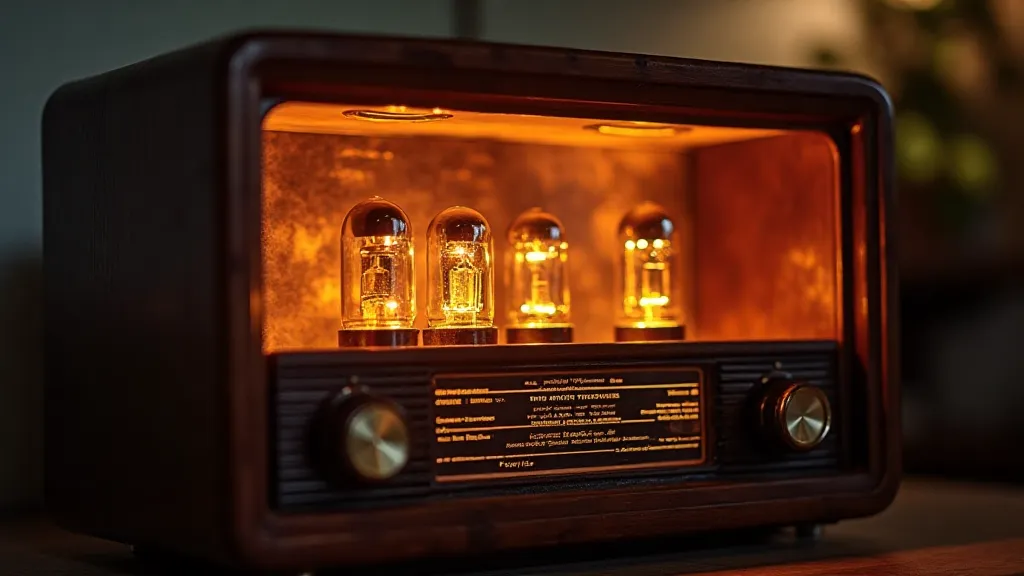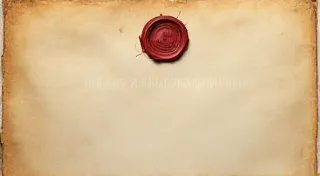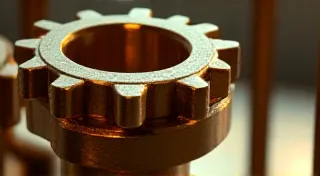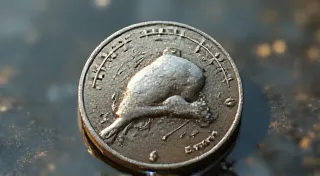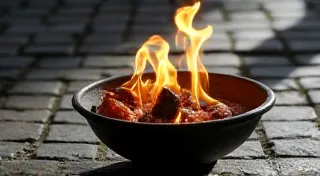The Vestige of Signal: Deciphering the Language of Antique Radio Tubes
There's a certain melancholic beauty inherent in antique radios. More than just technological marvels of their time, they're tangible links to an era of polished wood cabinets, crackling broadcast signals, and a shared sense of community drawn together by the voices emanating from a glowing vacuum tube. For those of us drawn to restoring these relics, the process isn’t solely about repairing circuitry; it's about understanding the spirit of innovation and craftsmanship that imbued them. And at the heart of that spirit, often overlooked yet deeply significant, lies the vacuum tube itself.
I remember the first time I encountered a collection of old tubes. It wasn’t in a pristine workshop or a meticulously organized inventory, but in a dusty, forgotten corner of my grandfather’s garage. They were a jumble – a chaotic assortment of glass, metal, and ceramic. Initially, I saw only junk. But as I handled them, noting the subtle differences in size, shape, and markings, a sense of wonder began to stir. Each tube whispered a silent story, a fragment of history etched in its metal base and visible through the faintly amber glass. They weren't just components; they were testaments to a bygone era, a language waiting to be deciphered.
The Anatomy of a Story: Tube Markings and Manufacturing
The markings on a vacuum tube aren’t random. They're a coded language, revealing information about its manufacturer, type, and production date. Deciphering these markings is the first step in understanding the tube’s role within the larger antique radio system. The manufacturer's logo – RCA, Sylvania, General Electric, Tung-Sol – are familiar names, each with its own legacy of innovation. The tube type designation, such as 6SN7, 12AX7, or 6L6, dictates its function within the radio circuitry – amplification, oscillation, or rectification. These are fundamental to proper restoration.
But delve deeper, and you’ll find nuances in the date codes. Early tubes often bore simplistic markings, a single letter or number indicating the year of manufacture. Later tubes adopted more complex systems, incorporating month and day. A seemingly insignificant “B7” on the base of a Tung-Sol 6L6, for instance, could indicate it was produced in July of 1937. This information isn’t just trivia; it’s vital for authenticity and assessing the suitability of replacement tubes. Using tubes manufactured significantly later than the original production period can subtly alter the radio's sonic character.
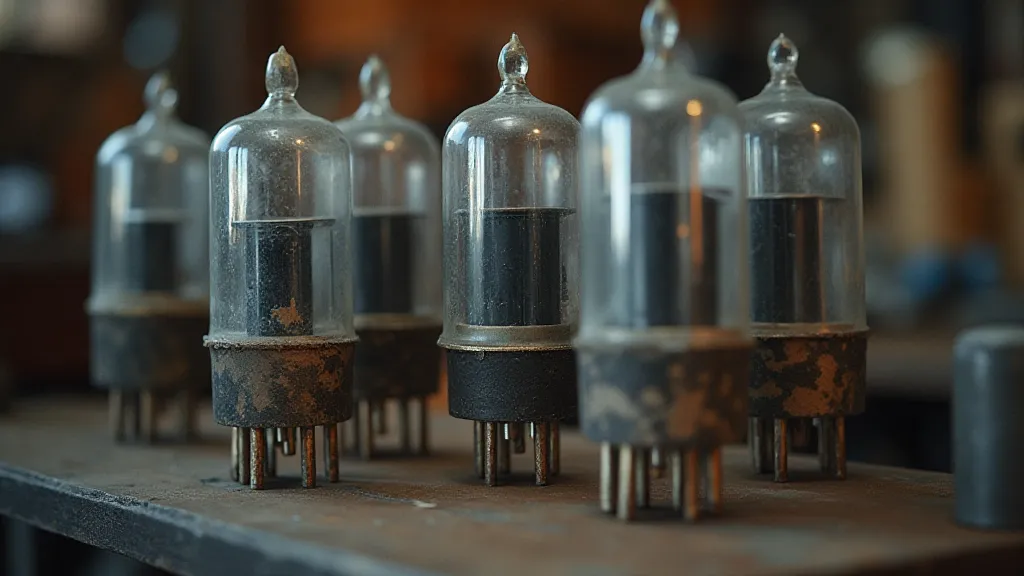
Beyond the Type Code: Revealing Manufacturing Secrets
The glass itself tells a story. Early tubes often utilized a more amber-tinted glass, due to the manufacturing processes of the time. As production techniques improved, the glass became clearer. The presence of getter flashes – silvery deposits inside the tube – is another indicator. These getters, applied to absorb residual gases, evolved in appearance over time, reflecting advancements in vacuum sealing technology. Their shape and distribution can provide clues about the tube’s production lineage.
The construction of the tube base is equally revealing. The materials used – typically bakelite or a similar phenolic resin – and the precise stamping of the contact pins reflect the manufacturing capabilities of the era. The quality of the construction, the precision of the stamping, and the uniformity of the base all contribute to the tube’s overall reliability. Examining the base can reveal clues about the plant where the tube was made. Some manufacturers used distinct tooling or stamping patterns, unique identifiers for the dedicated factory.
The Importance of Testing and Identification
Simply identifying a tube by its markings, however, is only the first step. Testing is paramount. Vintage tubes, even those appearing visually intact, often suffer from internal deterioration. Vacuum loss, plate emission issues, and shorts can all render a tube unusable, or worse, damage the radio's circuitry. A dedicated tube tester – an antique device in its own right – is an invaluable tool for the restoration process. These testers, ranging from simple glow testers to sophisticated impedance analyzers, allow for a comprehensive assessment of tube functionality.
The process of testing itself is a lesson in historical context. Early tube testers were marvels of electromechanical engineering. They employed intricate circuits and calibrated meters to measure various parameters, such as plate resistance, grid voltage, and emission. Using these vintage testing devices provides a deeper appreciation for the ingenuity of the engineers who created them, and reveals the evolving standards for tube performance over time.

A Legacy of Craftsmanship and Shared Experience
The antique radio hobby is more than just a technical pursuit. It’s a connection to the past, a celebration of human ingenuity, and a testament to the power of shared experience. Examining and restoring vacuum tubes embodies this connection. It allows us to understand the dedication of the craftsmen who built them, the engineers who designed them, and the communities who relied upon them.
Each tube, a small glass vessel, holds a silent history. It whispers of a time when radio was a communal experience, a source of entertainment and information, a cornerstone of a shared cultural identity. By taking the time to decipher the language of these tubes – by understanding their markings, their construction, and their functionality – we keep that legacy alive. We ensure that the voices from the past continue to resonate, reminding us of a simpler time, a time of innovation and connection, and the enduring power of the human spirit.
Restoring an antique radio isn’t just about repairing a piece of technology; it’s about preserving a piece of history. And the humble vacuum tube, often overlooked, stands as a powerful symbol of that enduring legacy. It's a small window into a larger world, a silent testament to the ingenuity and craftsmanship that shaped our past, and a promise of continued inspiration for the future.
